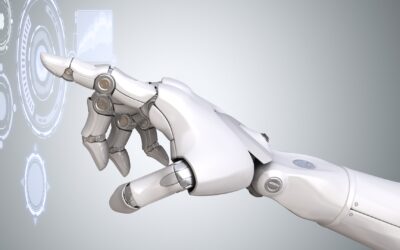The Decades-Old Vision of “Pervasive Computing” is Blueprinting Today’s Smart Cities
As first alluded to in 1988, cities are becoming invisibly intelligent spaces, often entirely unbeknownst to us
One of the earliest advocates for “ubiquitous computing”, according to the Wilson Centre, was Mark Weiser, chief technologist at Xerox’s Palo Alto Research Centre (PARC). For decades, Weiser said in 1988, computer design was heading down the path of the “dramatic machine”; “the highest ideal is to make a computer so exciting, so wonderful, so interesting, that we never want to be without it”. Instead, he spoke of pursuing the less-travelled path of building a computer “so imbedded, so fitting, so natural, that we use it without even thinking about it”.
Roughly a decade ago, Intel echoed Weiser in a white paper, calling the invisible, high-speed digital space that was emerging at the time the realisation of this idea. Now known as “pervasive computing”, this idea has infiltrated the inner thinking of many organisations in the space, to the extent it serves as the blueprint for today’s smart city projects.




